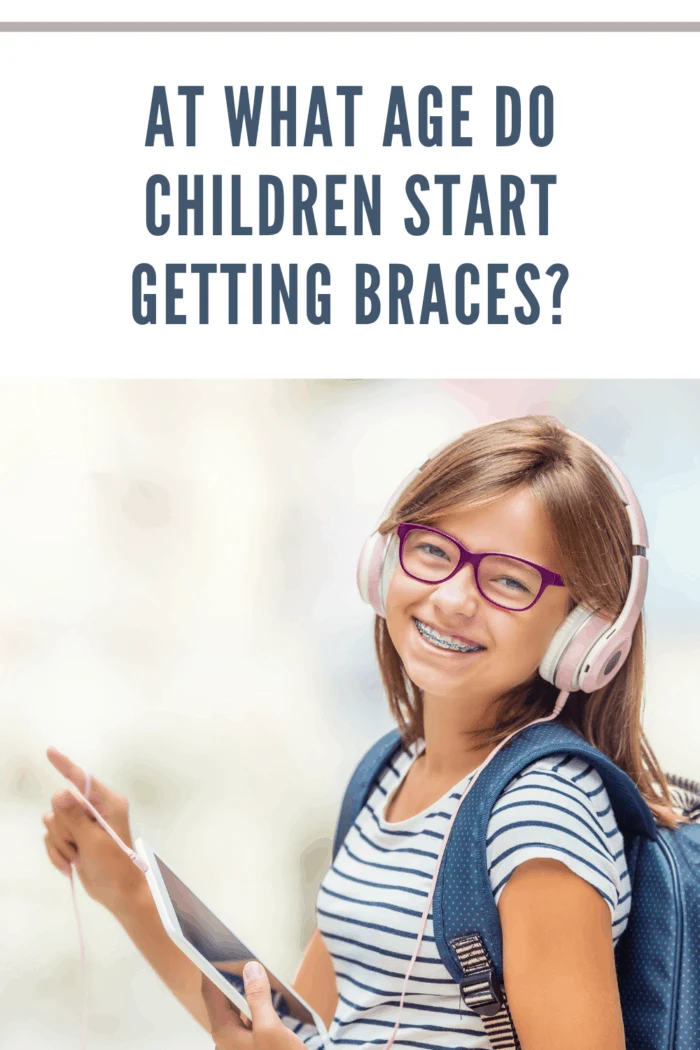Some people are naturally gifted with bright, perfectly aligned Hollywood smiles, but this is simply not the case for many children and adults. The decision of whether to live with imperfect teeth or have them fixed through orthodontic work like braces is naturally up to the individual, or in the case of young children, the individual’s parents. Depending on the severity of the case and your philosophy regarding this matter, you may want to have your child fitted with braces at some point. The question for many is a matter of the appropriate age for children to start getting braces. Besides that, it is important to regularly check your child’s teeth and fix painful oral issues as well.

The American Association of Orthodontics recommends that children receive an orthodontic evaluation around age 7. This allows problems to be identified and addressed as early as possible. Diagnostic procedures in this area have improved so significantly over the past several years that many issues and imperfections in the teeth can be resolved in early childhood before they become more difficult to deal with as the child gets older. One of the biggest advantages of an early fitting of braces is that they can come off earlier, avoiding the self-consciousness and embarrassment that many children feel with regards to braces in their teen years.
However, experts say that early fitting of braces is not always the best way to go. Early treatment may not be the best treatment depending on the particular case. Studies have shown that starting orthodontic treatment early in life has no real benefit for children with an overbite or buck teeth and can actually have negative effects. It can be more costly due to the increased number of visits required. These children often end up wearing braces into their early teens, several years after the initial fitting.
Other conditions have different requirements. Children with under-bites fall into a different category altogether. In these cases, either the upper jaw is too small, or the lower jaw is too big, and you are trying to influence growth through orthodontic treatment. In these cases, experts say that it is best to start as early as age seven because the window of opportunity for fixing this issue is essentially shut by age ten. These children are, of course, a minority of cases. The most common need for braces is simply crooked or protruding teeth. In these cases, treatment takes an average of 4 years regardless of early diagnosis and treatment.
All in all, there is no catch-all age for children who need braces to begin treatment. Dental implants are a touchy subject for many children and parents, and some will live perfectly happy lives without ever receiving braces. Aside from special cases that require early action, the only universal reason to begin treatment early is so that the child will not have to wear braces in their more self-conscious years of early maturity. The medical side of this issue is largely irrelevant for most, but the impact on the child’s psychological health must be given the most consideration.
Resources:
